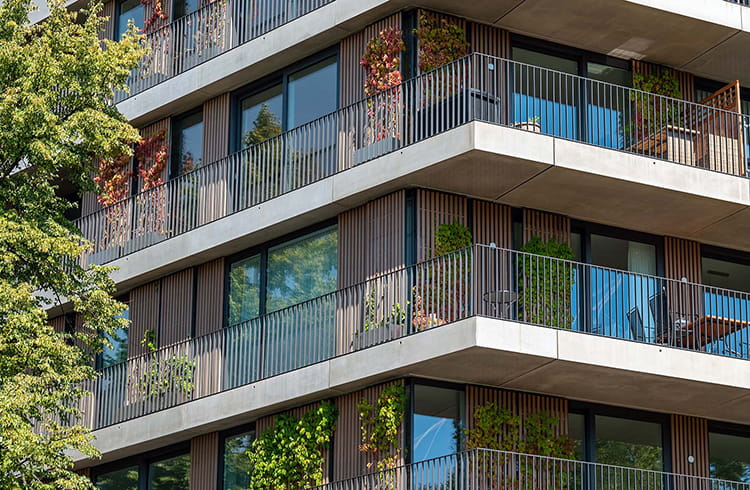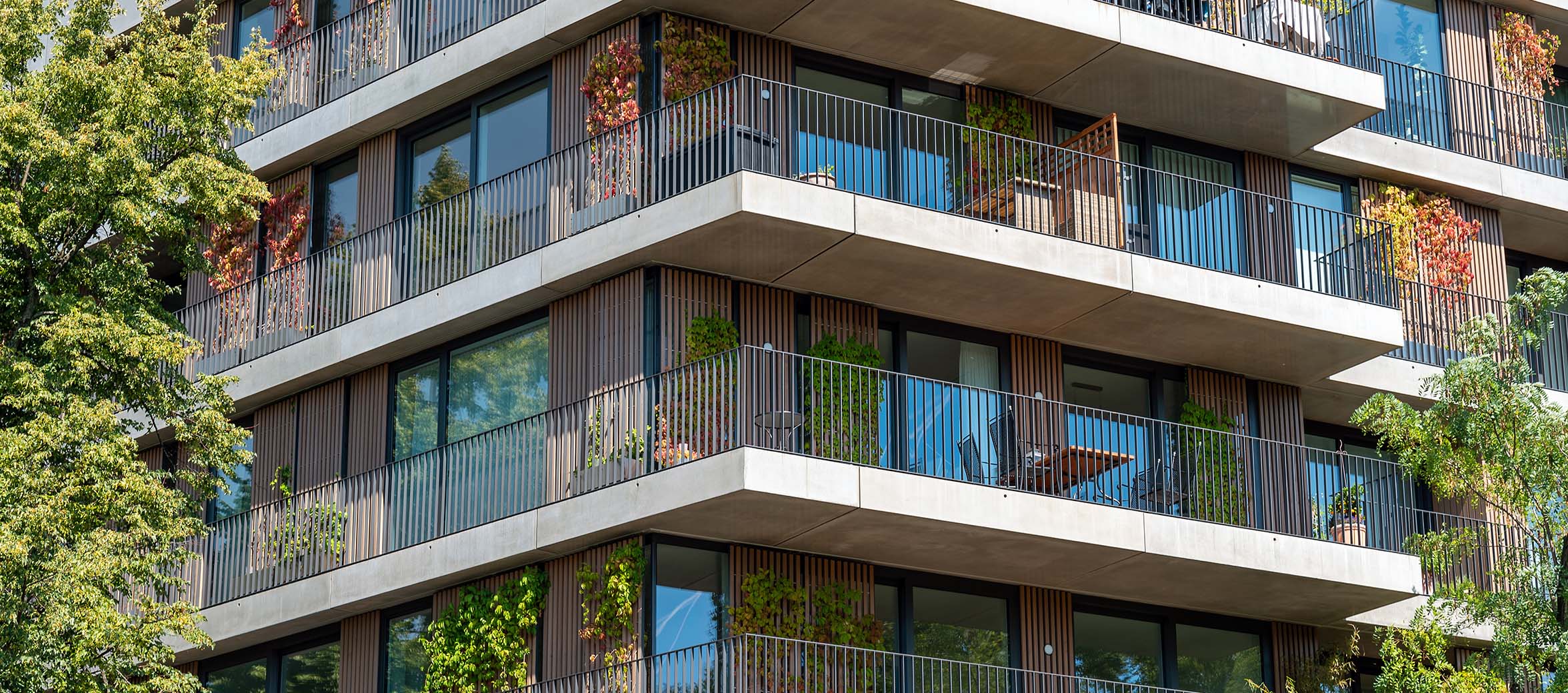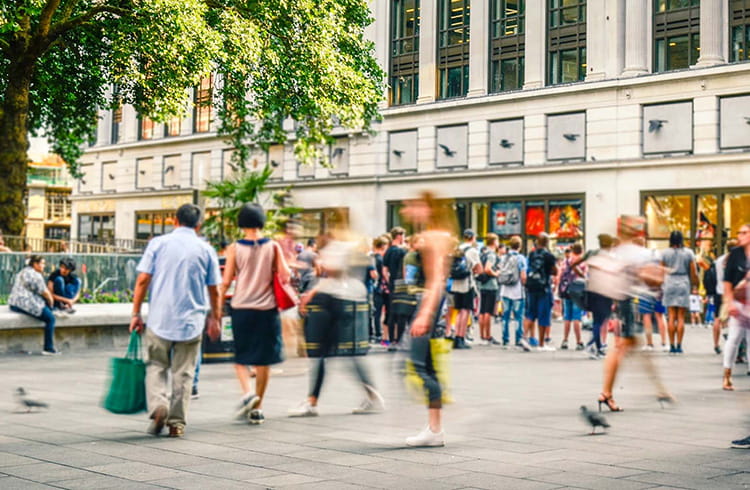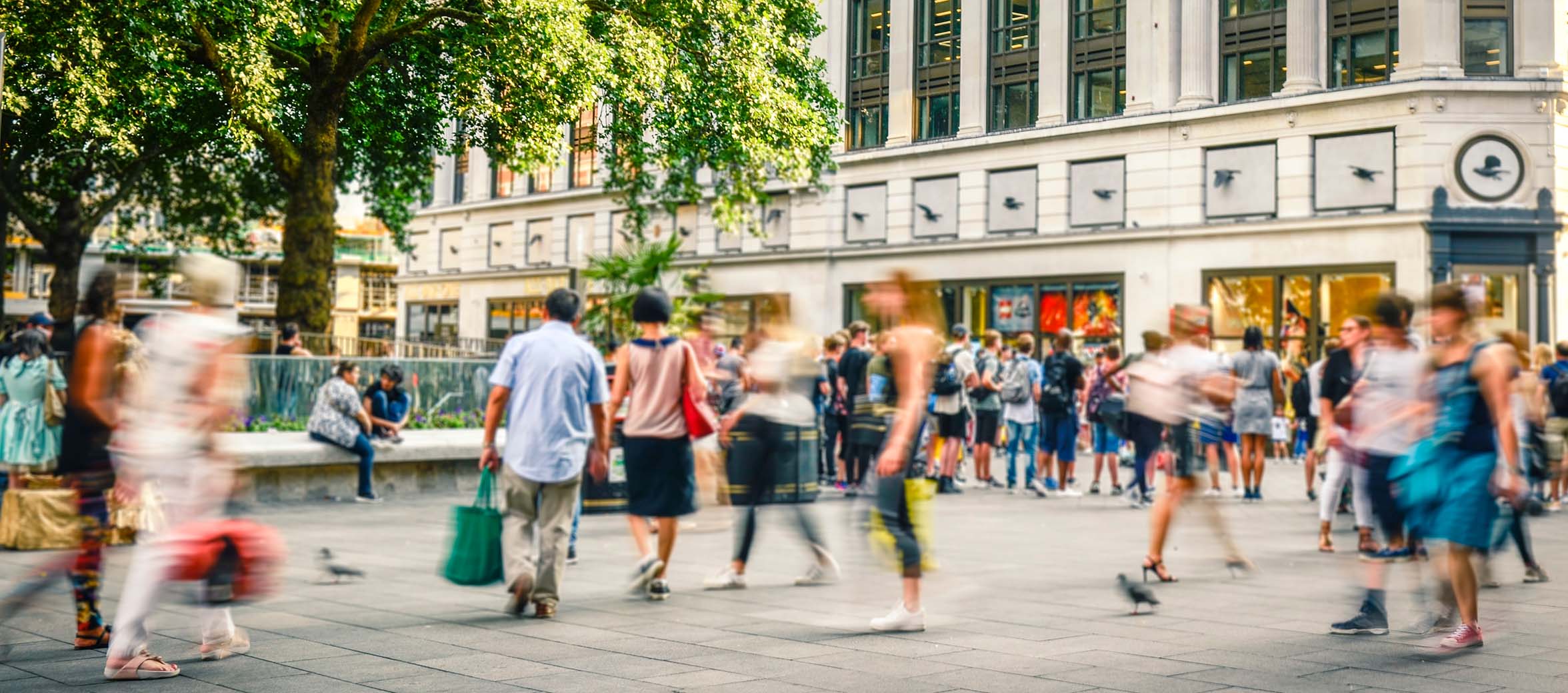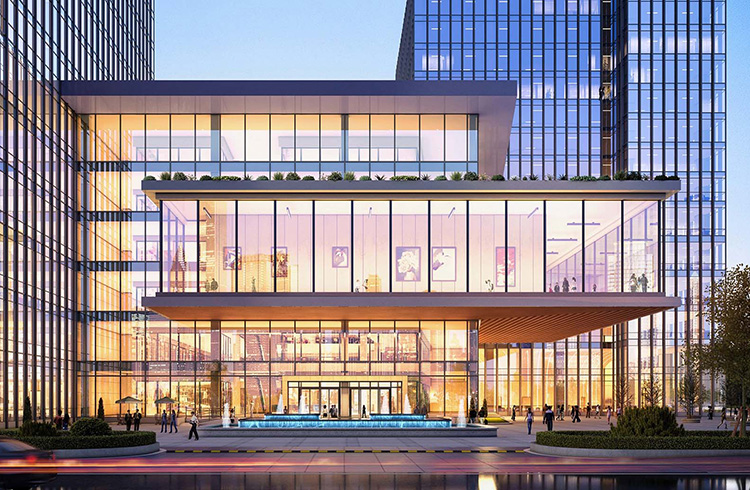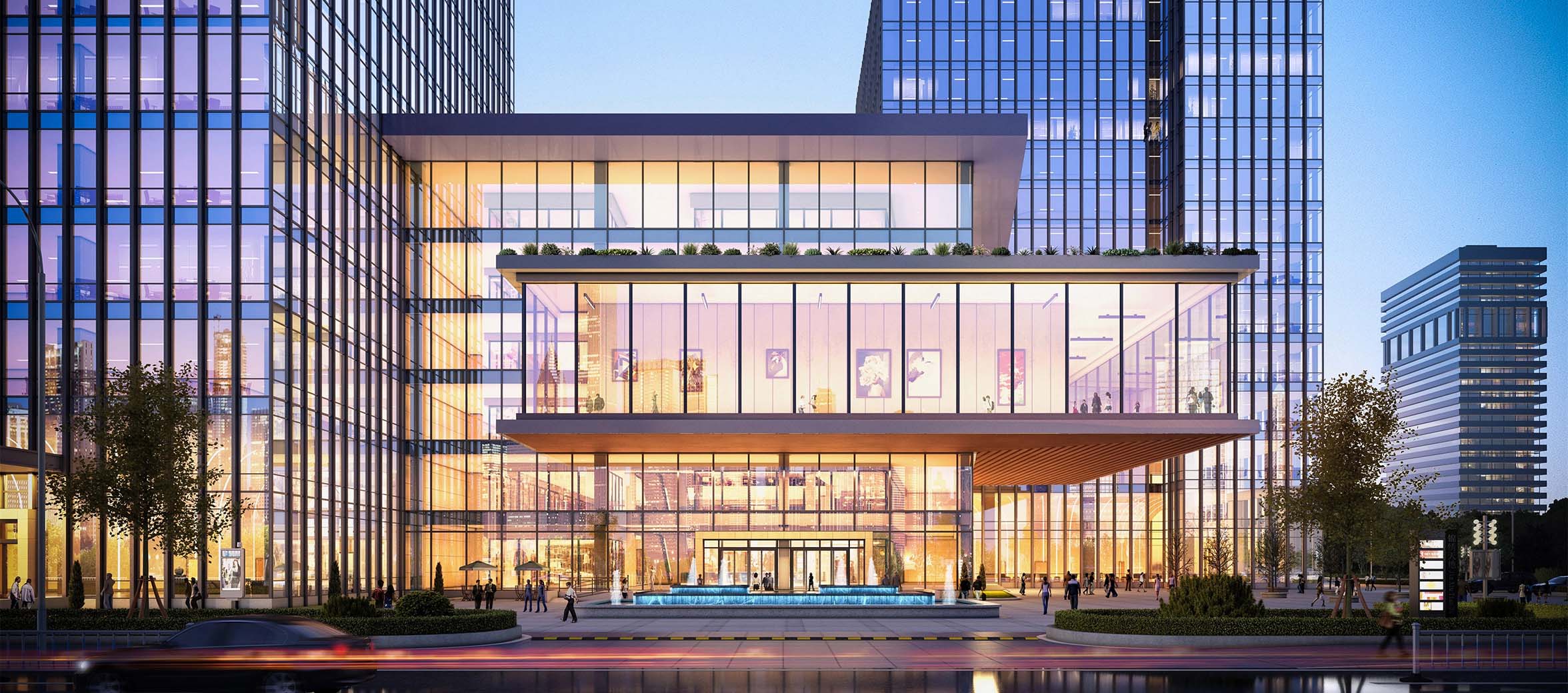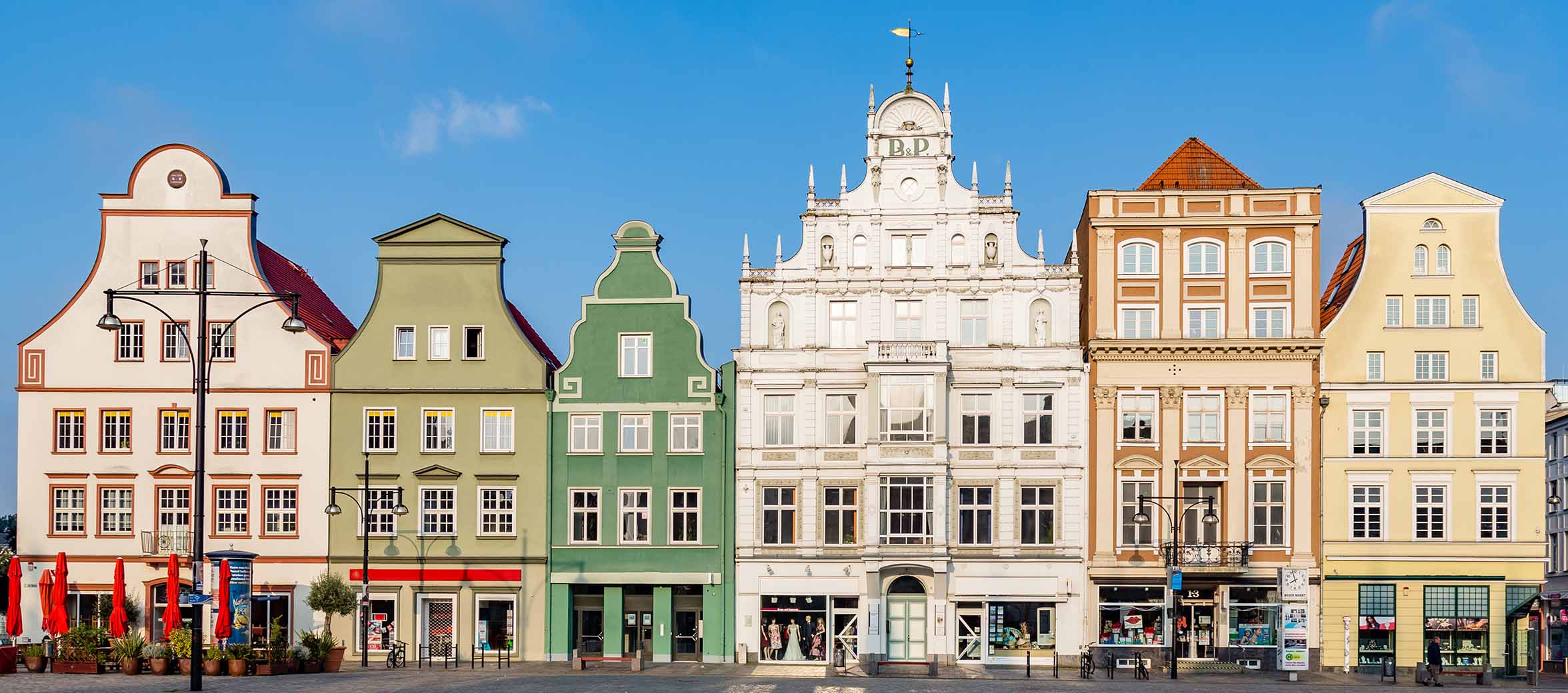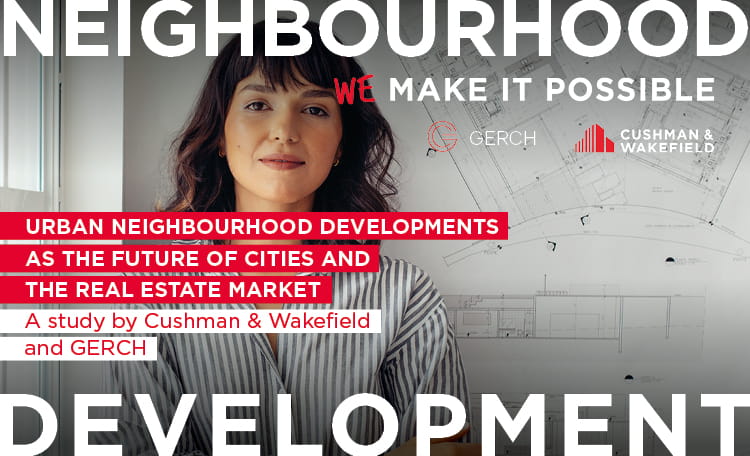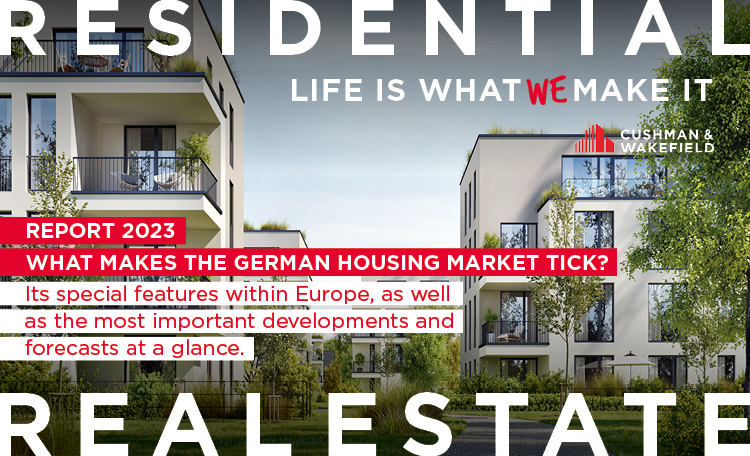Urban neighbourhood developments are catching on. With investors, because the future viability of the investment is considered secure in view of the advancing urbanisation trend. With architects, planners and developers, because construction projects of this size and range offer the right mix of challenge, cost-effectiveness and creativity. With the public sector and urban planners, because this enhances the cityscape and creates new vibrant, living, neighbourhoods. And with the users and residents in any case. With their mix of uses, these districts create liveliness, are as attractive as they are practical, connect and offer space for interaction. And in this way, they counteract, in an informal way, the maxim, which is often still true today, that no-one knows their neighbours and everyone is alone in the city.
So: Let's go for urban neighbourhood developments. But where exactly? After all, new developments need space. And that is usually rather rare in the inner city. One solution lies in "urban renewal". Because where sites have become wasteland or old walls and redundant commercial and industrial sites sit unused, you can ultimately kill several birds with one stone. An area often considered an eyesore, is removed, a new nucleus of urban life is returned to the city, and urban renewal is a lot more sustainable than development on greenfield sites.
But can every brownfield site simply be converted into an urban district? Is a certain scale necessary for a development to be able to call itself a neighbourhood? How do you manage to preserve as much of the existing structures as possible and still integrate contemporary solutions? How sustainable and emission-efficient can a development integrating existing buildings be? And how much greenfield can be built over for the sake of urban space requirements and a sense of community? Lutz Schilbach, Head of Design + Build DACH and co-author of the recently published neighbourhood development study by Cushman & Wakefield and the project developer GERCH, takes a deeper look.


